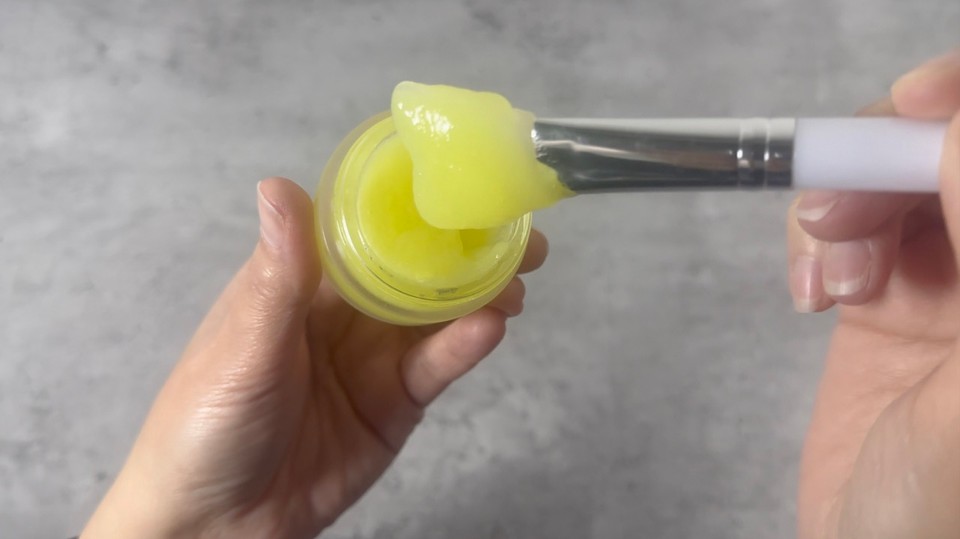Turmeric Brightening Face Mask
| Phase | Ingredient | Percent (%) | Weight (g) |
|---|---|---|---|
| Phase A | Hydrosol | 77 | 77 |
| Potassium Sorbate | 1 | 1 | |
| Willow Bark Extract | 3.4 | 3.4 | |
| Lactic acid | 1 | 1 | |
| Glycolic acid | 3 | 3 | |
| Berry extract | 6.4 | 6.4 | |
| Turmeric extract | 1 | 1 | |
| Phase B | Glycerin | 5 | 5 |
| Xanthan gum soft | 2 | 2 | |
| Fragrance oil | 0.2 | 0.2 |
Jelly face masks are excellent for clearing and helping to brighten the skin.
This recipe is for a turmeric jelly face mask with some acids that can help with the brightening effect.
In previous posts, I have shared recipes for turmeric face wash. This face wash and this one. Both use turmeric as an active ingredient for face care. I have also shared a recipe for a brightening body scrub, using turmeric.
Turmeric is a potent antioxidant that can help protect the skin from damage caused by free radicals. Turmeric contains curcumin, a natural compound shown to help reduce the appearance of dark spots and hyperpigmentation. Regular use of turmeric in skin care may help brighten the skin and even out skin tone.
If you're looking for a brightening mask for glowing skin, this recipe is for you.
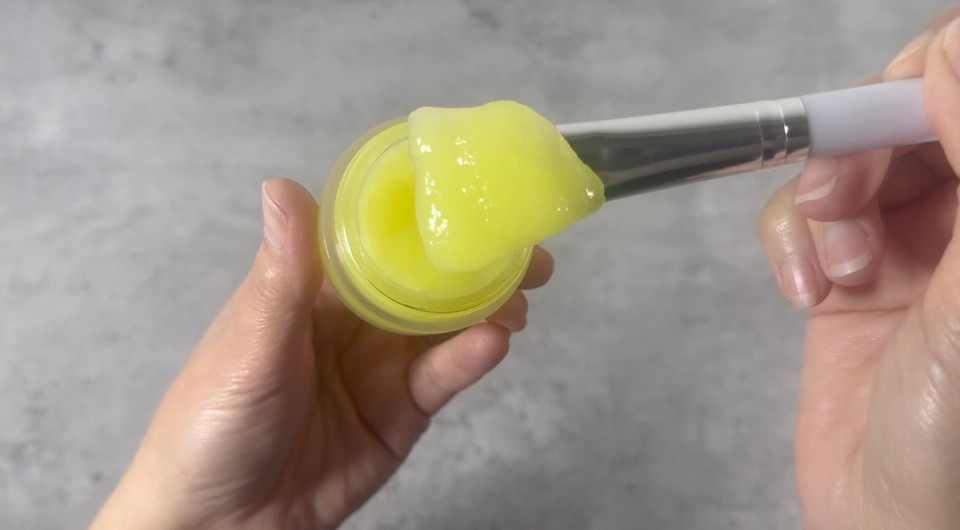
As always, I go over the ingredients I chose for this product and give you some alternatives you can use to replace some of the ingredients.
I have used green tea hydrosol, which you can replace with any hydrosol you prefer or aloe vera liquid. You can also use distilled water instead.
In this recipe, my preservative combines potassium sorbate and willow bark extract. If you use a different preservative, you can skip the potassium sorbate and use a different preservative instead. Always make sure to use the preservative according to the supplier's instructions.
Potassium sorbate is effective for products with PH levels below 5.5.
This face mask should be a 4-4.5 PH level compatible with this preservative type. Potassium sorbate is helpful against yeast and mold but not against bacteria, so you need to include another preservative to complete the preservation of your product.
I used willow bark extract in this recipe since it's antibacterial and contains salicylic acid, a beta-hydroxy acid (BHA) that can help exfoliate the skin. In addition, willow bark extract has anti-inflammatory properties, helps hydrate the skin, and improves its moisture retention. Willow bark extract also contains antioxidants, which can help protect the skin from free radical damage and reduce the appearance of fine lines and wrinkles over time.
In this mask, I used glycolic acid, a type of alpha-hydroxy acid (AHA). Glycolic acid can penetrate the skin and loosen dead skin cells, allowing them to be easily removed. Regularly using a face mask containing glycolic acid can help improve skin texture, unclog pores, and reduce the appearance of fine lines and wrinkles.
Glycolic acid can also help brighten the skin and reduce the appearance of dark spots and hyperpigmentation (by helping to break down melanin). Glycolic acid can penetrate deep into the pores and unclog them.
Glycolic acid can irritate the skin, especially very sensitive skin. Always do a patch test before using any new skincare product.
I use the powder 99% form of Glycolic acid. You can use the liquid version 70%.
I added berry extract to this mask for its antioxidants, hydration properties, and brightening benefits. Some berries, such as raspberries and strawberries, contain natural enzymes that can help brighten the skin and reduce the appearance of dark spots and hyperpigmentation.
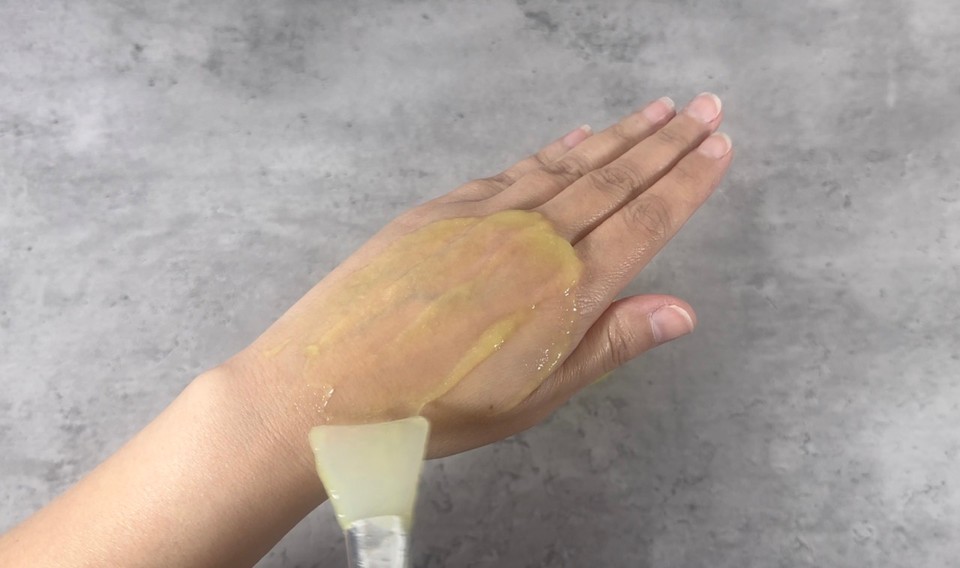
You can replace it with pineapple extract, papaya extract, orange extract, green tea extract, and camomile extract. If you want to skip the extract, add the amount to the hydrosol/distilled water.
In addition to glycolic and salicylic acids, I added lactic acid. Lactic acid is another type of alpha-hydroxy acid (AHA).
Like other AHAs, lactic acid can exfoliate the skin and remove dead skin cells, which can help improve skin texture, unclog pores, and reduce the appearance of fine lines and wrinkles. Lactic acid has humectant properties, which can help attract and retain moisture in the skin.
Lactic acid can help reduce the appearance of hyperpigmentation, such as dark spots and melasma. It does this by exfoliating the skin and promoting cell turnover.
Lactic acid can also help stimulate the production of collagen, which is essential for maintaining skin elasticity and firmness.
You can use glycolic acid or willow bark extract instead of lactic acid.
As well as glycolic acid, lactic acid can irritate sensitive skin, so remember to do a patch test before using the mask.
In phase B, I combine glycerin (a very effective humectant) with xanthan gum soft. In this phase, I added fragrance oil, which you can skip. If you do not add fragrance oil, add this amount to the hydrosol/distilled water.
Using xanthan gum instead of xanthan gum soft will produce an opaque appearance to the final product. This is only an aesthetic issue. It will not affect the product.
To use the mask, make sure your face is clean and dry. Apply a thin mask layer on your face (avoid the eyes area). Leave the mask for 15 minutes and remove it with a damp towel or lukewarm water.
Start by using the mask two times a week. After 2-3 weeks, you can use it 3-4 times a week.
Make sure to use SPF daily before exposing the skin to the sun.
Ingredients:
Phase A
- Hydrosol / aloe vera liquid / distilled water 77g
- Potassium Sorbate 1g
- Willow Bark Extract 3.4g
- Lactic acid 80% 1g
- Glycolic acid (powder 99%) 3g
- Berry extract 6.4g
- Turmeric extract 1g
Phase B
- Glycerin 5g
- Xanthan gum soft 2g
- Fragrance oil 0.2g
Method:
- Add Phase B, Strat with glycerin in a beaker, then add the soft xanthan gum. You can add the fragrance oil now or at the end.
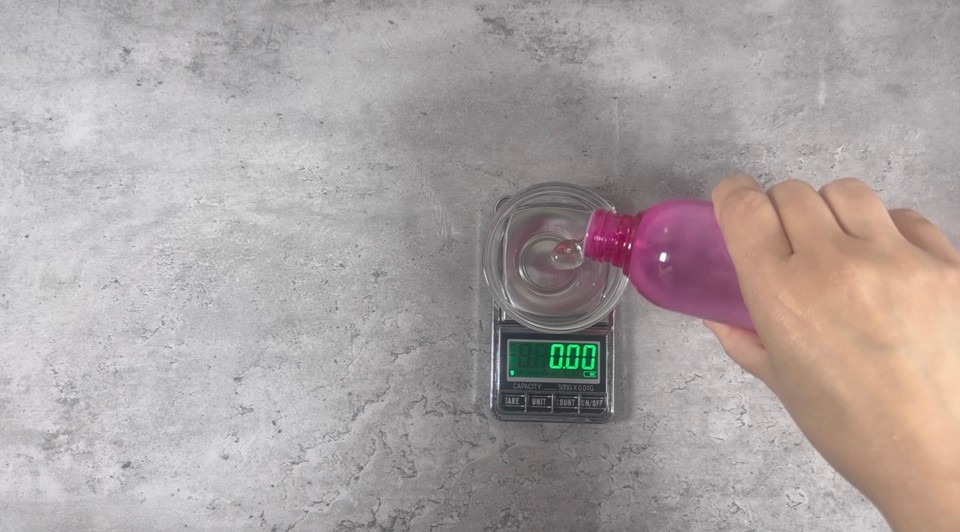
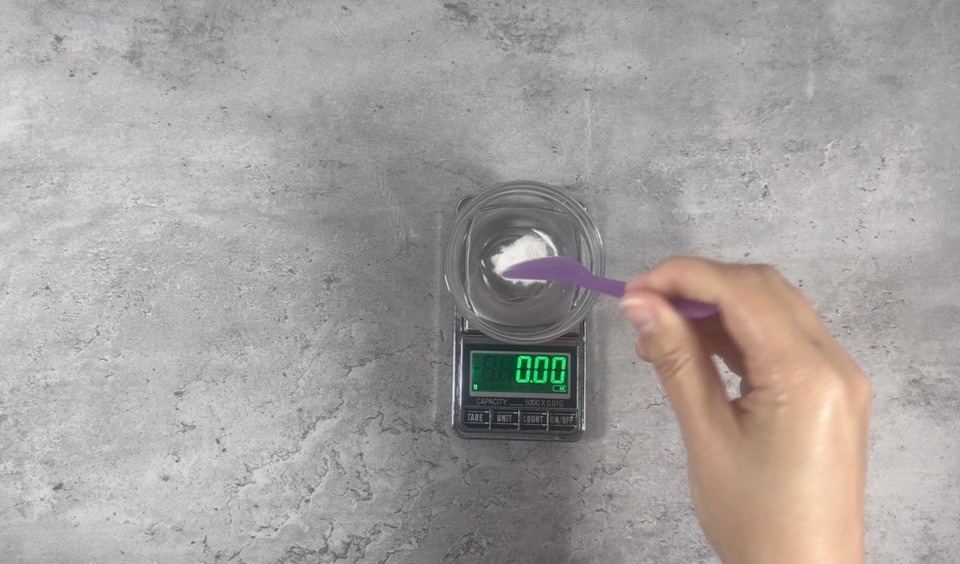
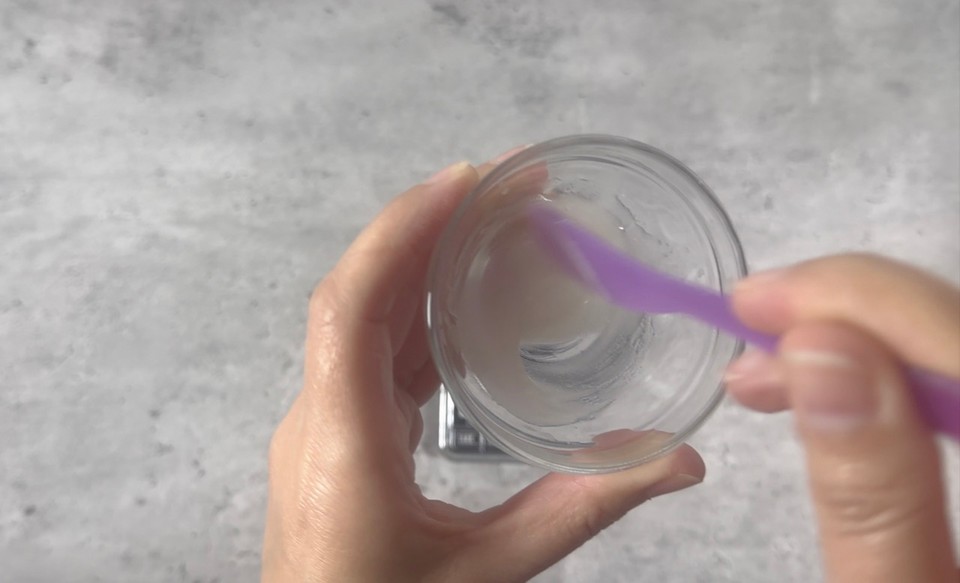
- Into another beaker, Add phase A ingredients. Make sure to dissolve and mix to combine.

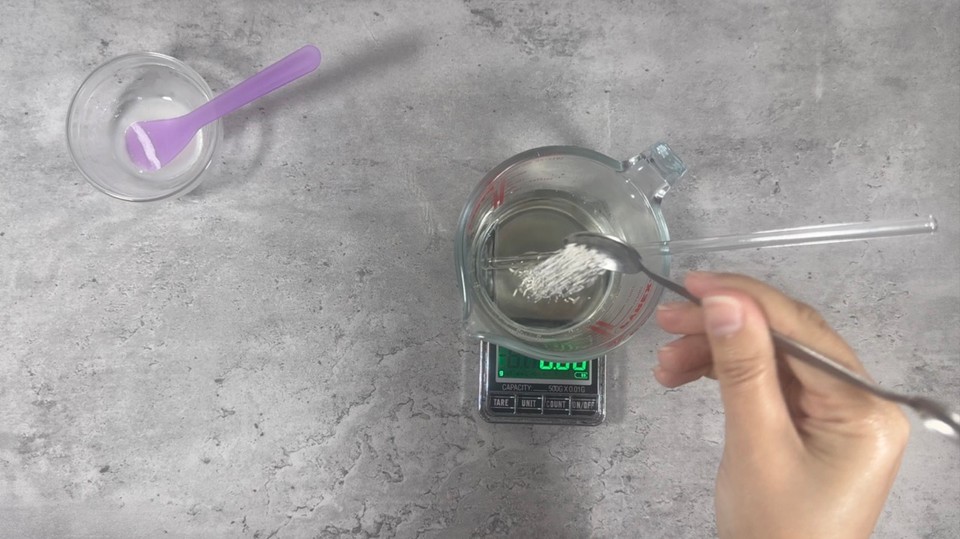

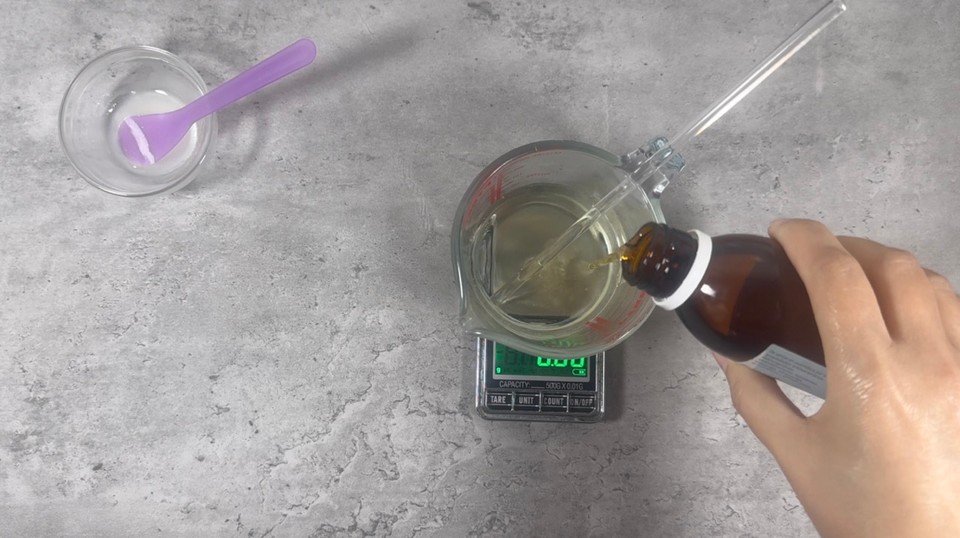
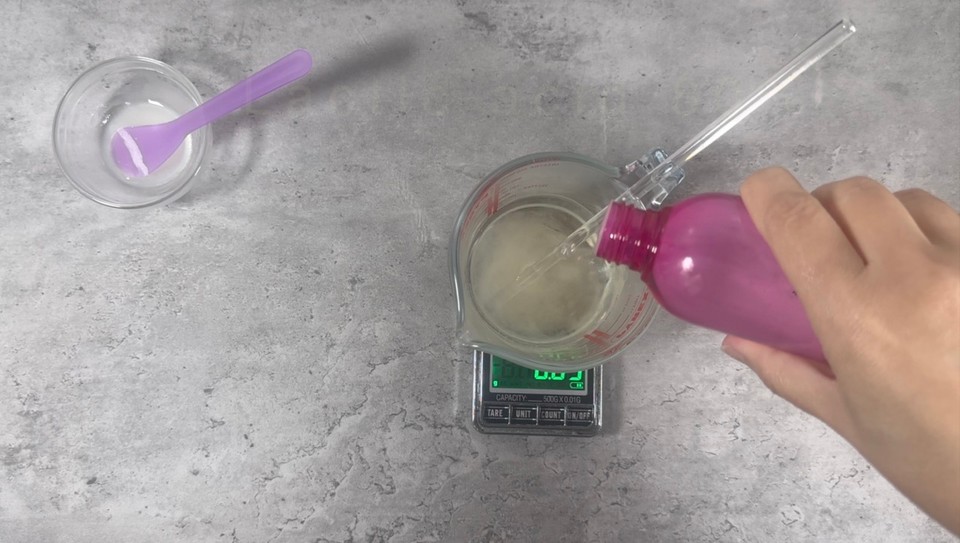
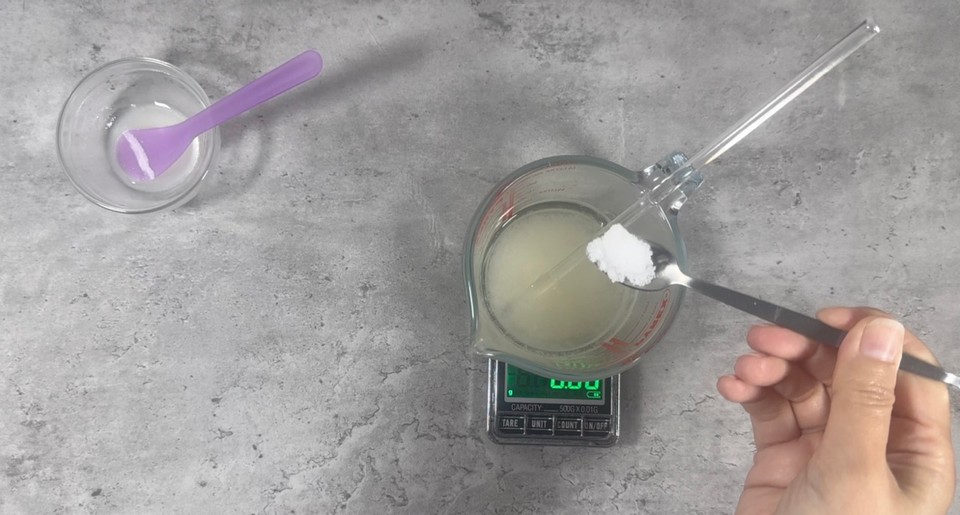
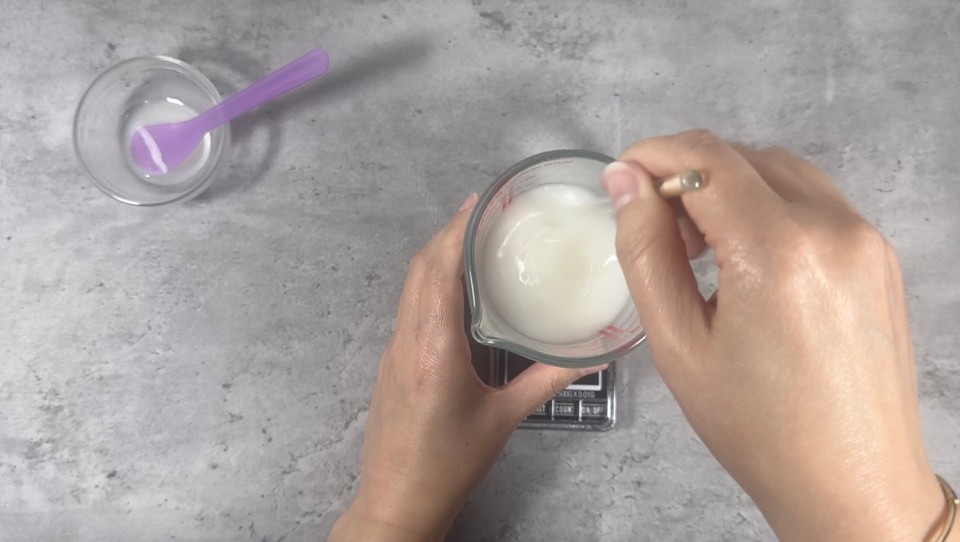
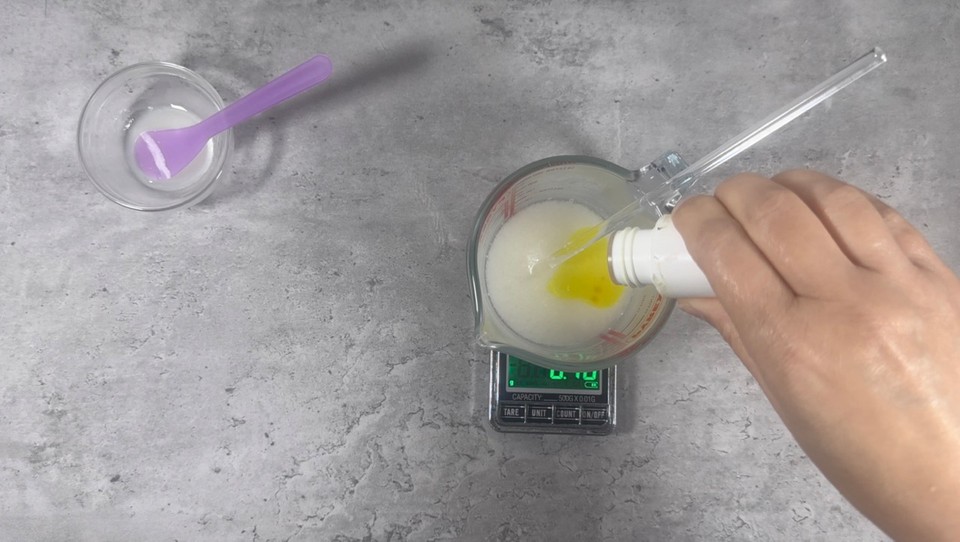
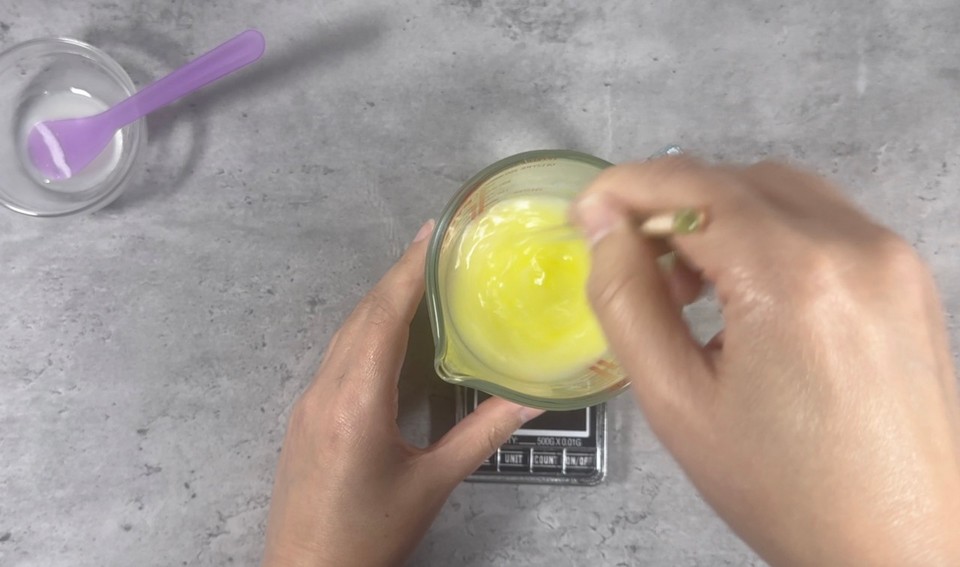
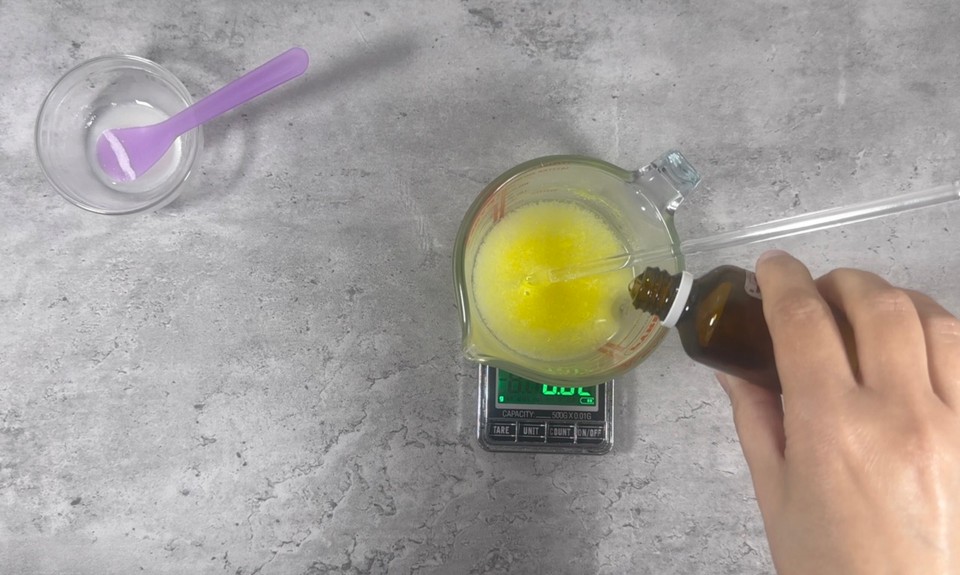
- Add phase B into phase A. Use a mini mixture or a milk frother to mix well.
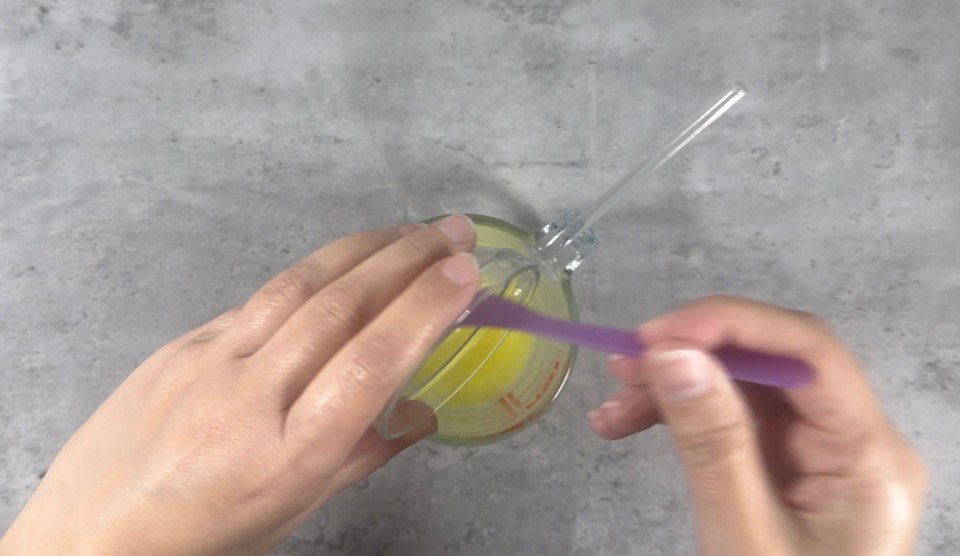

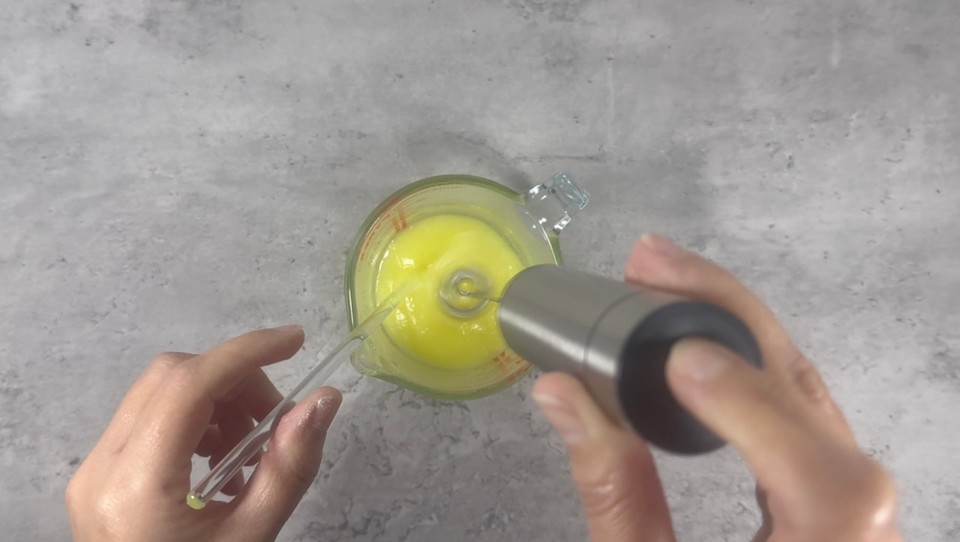
- Check the PH level and adjust if necessary. PH should be 4-4.5. To read about PH adjustments, please check this post.
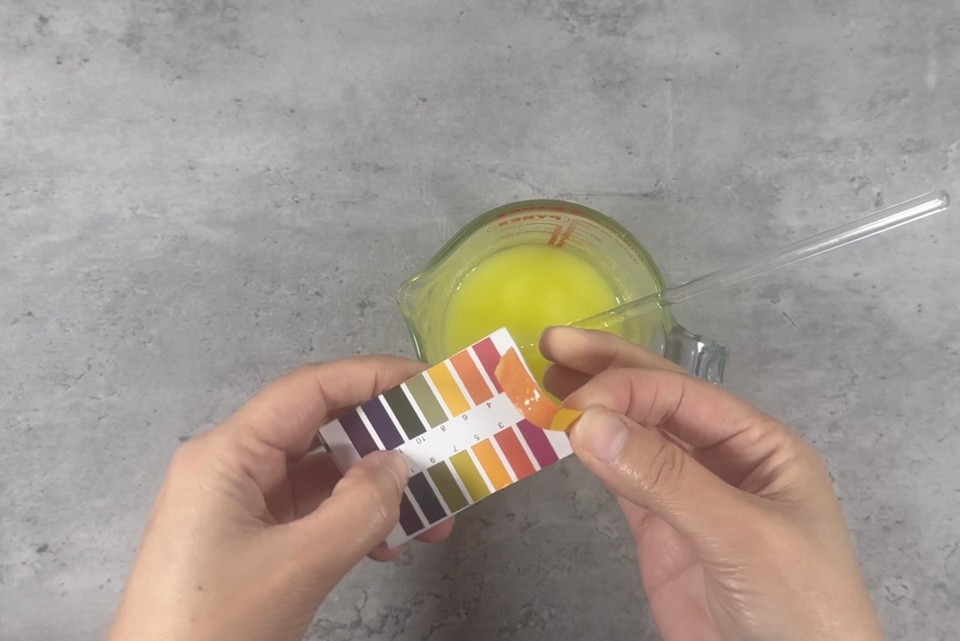
- Pour into a container.
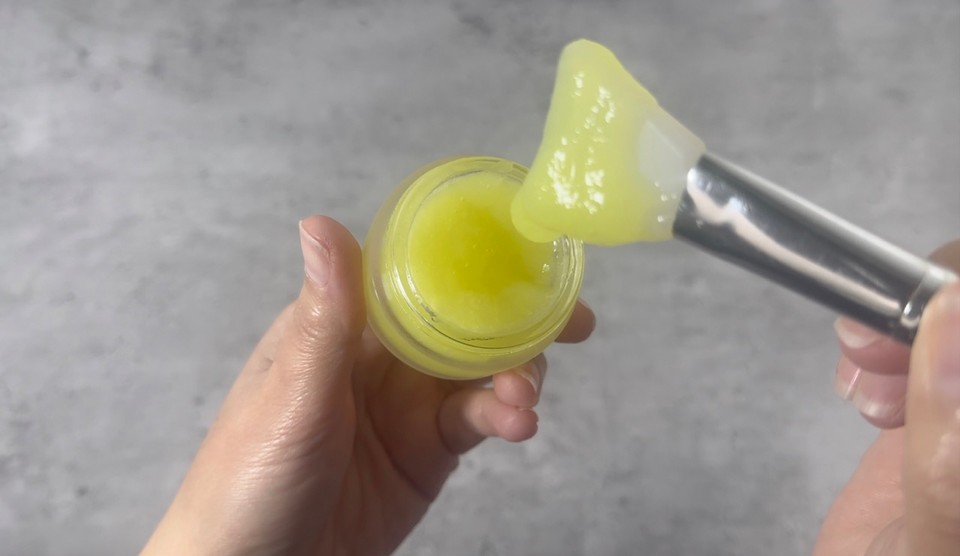
- To use the mask, use a silicone brush or a small spatula to scoop the mask. Spread a thin layer on the face and leave it for 10-15 minutes before removing.
